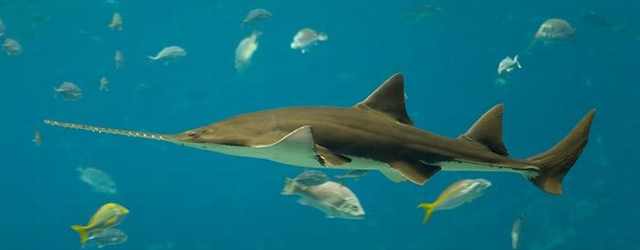
Water covers 71% of Earth’s surface, creating a vast and intricate tapestry of habitats in the seas, rivers, and lakes. Scientists suggest that these watery realms are the cradle of life on our planet, where the first organisms thrived billions of years ago. Today, these aquatic ecosystems are a kaleidoscope of biodiversity, harboring a myriad of creatures ranging from the majestically beautiful to the curiously bizarre.
In these watery depths, evolution has sculpted life forms that can astonish and sometimes even frighten. From fish that can generate deadly electrical charges to others that transform their physical shape; from deep-sea dwellers that thrive in crushing pressures to simple algae that produce much of the Earth's oxygen, each species plays a crucial role in the aquatic food web.
Moreover, the ingenuity of aquatic life is evident in their survival strategies. Camouflage, speed, venom, and behavioral complexity are just a few of the adaptations that enable these organisms to feed, evade predators, and reproduce in a world as competitive as any on land. The study of these remarkable survival tactics not only fascinates but also offers potential insights into sustainable living and innovative technology inspired by nature’s own designs. Here are some of the most fascinating creatures with "super" abilities, living in the ocean.
1. Archerfish – The archerfish distinguishes itself with its remarkable hunting strategy. Residing in the brackish waters of mangroves and estuaries in the Indo-Australian region, it has the ability to shoot jets of water at insects perched on vegetation above the water's surface. This "spitting" action is so precise that the archerfish can hit targets up to 2 meters away, knocking them into the water to be eaten. This behavior is not only a display of exceptional hunting skill but also of the fish's ability to calculate the refraction of light on water.

2. Jawfish – Jawfishes are notable for their protective parenting style known as "mouthbrooding." Found in sandy areas of coral reefs, these fish use their oversized mouths to shield their offspring from potential threats. The male jawfish is most commonly responsible for mouthbrooding, which involves holding the eggs in his mouth until they hatch. During this period, which can last several weeks, the male forgoes eating to ensure the safety of his brood.

3. Mudskipper – Mudskippers are fascinating fish that spend a significant amount of their life on land, particularly on muddy, oxygen-poor environments where few other fish could survive. They have adapted to these conditions with modified pectoral fins that allow them to "walk" and even "skip" across the mud. Furthermore, their ability to breathe through their skin and the lining of their mouth and throat, a process called cutaneous respiration, allows them to stay out of water for extended periods.

4. Sockeye Salmon (Red Salmon) – Sockeye salmon are known for their epic migrations, which are among the most awe-inspiring in the animal kingdom. Born in the rivers of the North Pacific basin, they travel thousands of kilometers to the ocean, where they spend the majority of their adult lives. When it’s time to spawn, they return to their birthplace, navigating back using the Earth's magnetic field and their keen sense of smell. This homing instinct ensures that they find the exact river in which they were born
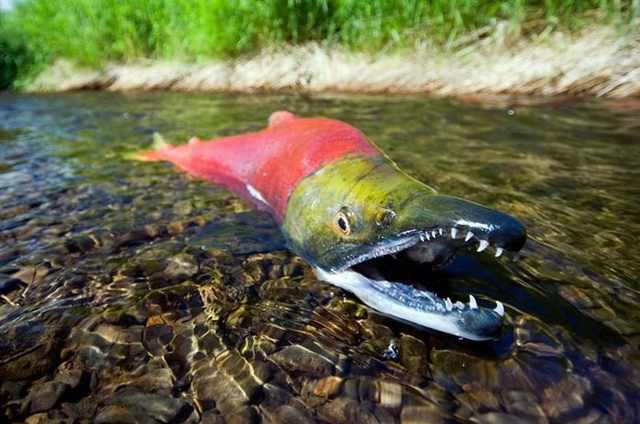
5. Goliath Tigerfish – In the fast-flowing rivers of Africa, the Goliath tigerfish reigns as one of the most formidable freshwater predators. This fish is equipped with razor-sharp teeth and a muscular build, enabling it to hunt and capture even large, fast-moving fish and occasionally birds. The tigerfish's hunting prowess is enhanced by its ability to cooperate with others of its species, making it a top predator in its ecosystem
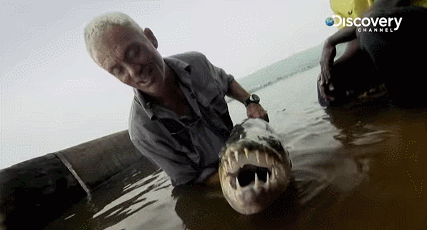
6. Pufferfish (AKA Blowfish) – Pufferfish are very slow swimmers, so as a defense mechanism they swallow a large amount of water, inflating themselves to a ball shape with many spikes protruding from their skin. This serves as a warning and makes it harder for a predator to swallow them. Another highly effective form of defense is their toxins. They are considered the second-most toxic vertebrates in the world.

7. Parrotfish – Parrotfish play a crucial role in maintaining the health of coral reefs. Using their beak-like teeth, they scrape and eat algae from the coral, preventing these structures from being overgrown and allowing them to remain healthy. Interestingly, the ingested coral passes through the parrotfish's digestive system and is expelled as sand, contributing significantly to the fine white sand found on tropical beaches.

8. Black Swallower – The black swallower may seem unremarkable at first glance, but its feeding capabilities are extraordinary. Capable of living at depths where pressure would crush other creatures, it preys on fish much larger than itself. It swallows its prey whole, thanks to its distensible stomach and unique jaw structure. This ability allows the black swallower to take advantage of scarce food resources deep in the ocean
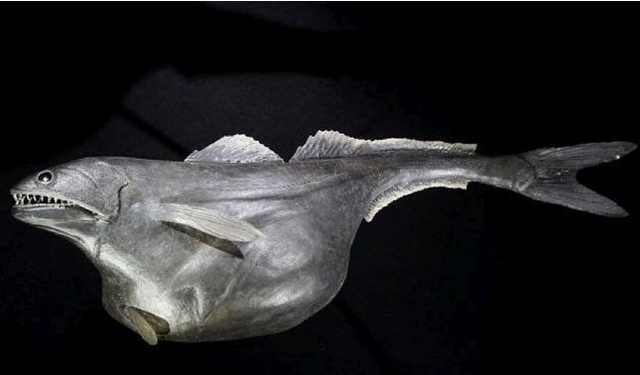
9. Hagfish – Hagfishes have 2 brains, 5 hearts and a keen sense of smell. Their young can choose their sex as they grow up, but that’s not why they’re on this list; when agitated or threatened, the hagfish will produce a milky slime from over 100 glands around its body. The slime is so sticky and resilient that it’s been known to suffocate sharks and other predators who had the misfortune of thinking a hagfish would make a good meal.

10. Stonefish – Stonefish are perhaps the most venomous fish in the world, a fact that overshadows their fascinating ability to blend seamlessly with their surroundings. Found primarily in the coral reefs of the Pacific and Indian Oceans, stonefish use their camouflage to avoid predators and to ambush prey. When stepped on or threatened, they can inject potent venom from spines on their back, which can be fatal to humans without prompt treatment

11. Sea Horse – Male Sea Horses are the ones who get pregnant. When they mate, the female injects her eggs into a special pouch in the male’s abdomen, which he later fertilizes. The female then leaves but will return every morning through the duration of gestation to greet and interact with the male for about 6 minutes.
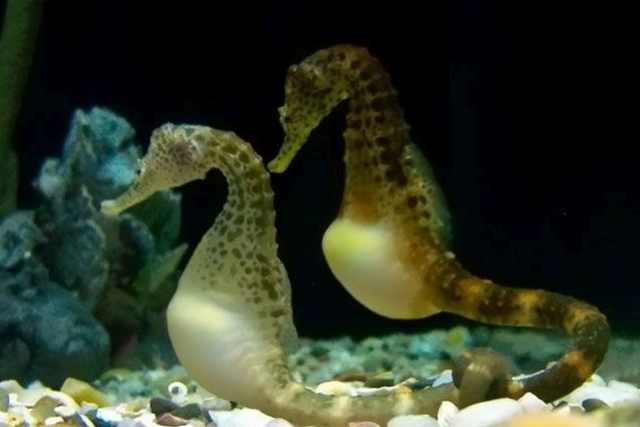
12. Clownfish – These little cuties, made famous thanks to the film “Finding Nemo”, spend their lives in anemones in symbiosis. They’re resilient to the sting of the anemones, which provides them protection against predators, and in turn, they clean the anemones from parasites. They make it to this list because they can regularly change their sex to suit their needs.
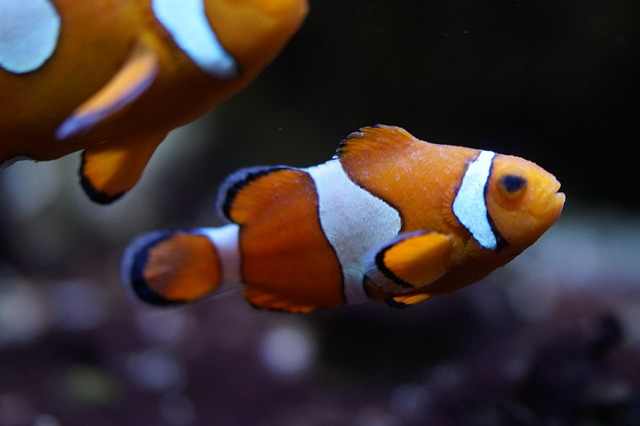
13. Electric Eel – Despite its name, the Electric Eel is not really an eel but a knifefish. It actually breaths air and must therefore surface every 10 minutes to take a fresh breath. They possess a very developed sense of hearing, which aids in hunting. An Electric Eel can produce a shock of up to 600 volts to stun fish (both for defense and offense), as well as to communicate with other members of its kind.
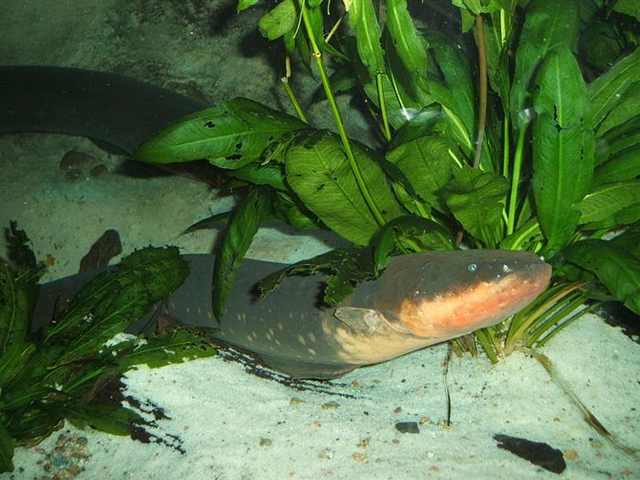
14. Antarctic Toothfish – The Antarctic Toothfish is a fascinating species adapted to the extreme cold of the Southern Ocean surrounding Antarctica. This fish is crucial to the Antarctic food web, serving as a significant prey item for seals, killer whales, and large squid. Its ability to thrive in sub-zero temperatures is due to a unique biological adaptation: the production of antifreeze glycoproteins in its blood and tissues. These proteins prevent the formation of ice crystals that would otherwise be lethal, allowing the toothfish to survive and function in waters as cold as -1.9 degrees Celsius (28.6 degrees Fahrenheit). In other words, this fish can produce antifreeze!
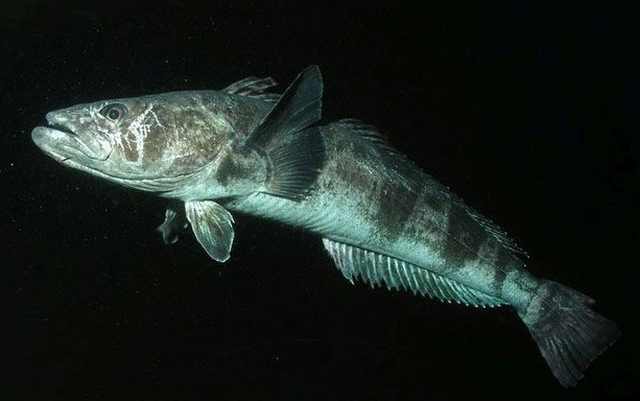
15. Sawfish (or Carpenter Sharks) – Sawfish are known for their distinctive rostrum or "saw," which is lined with sharp transverse teeth and used for both hunting and defense. They can use it to detect and incapacitate prey by sensing electric fields and vibrations in the water. The saw also serves as a formidable weapon against predators. Sawfish populations are critically endangered due to habitat loss and overfishing, making their conservation a priority for marine biologists.
